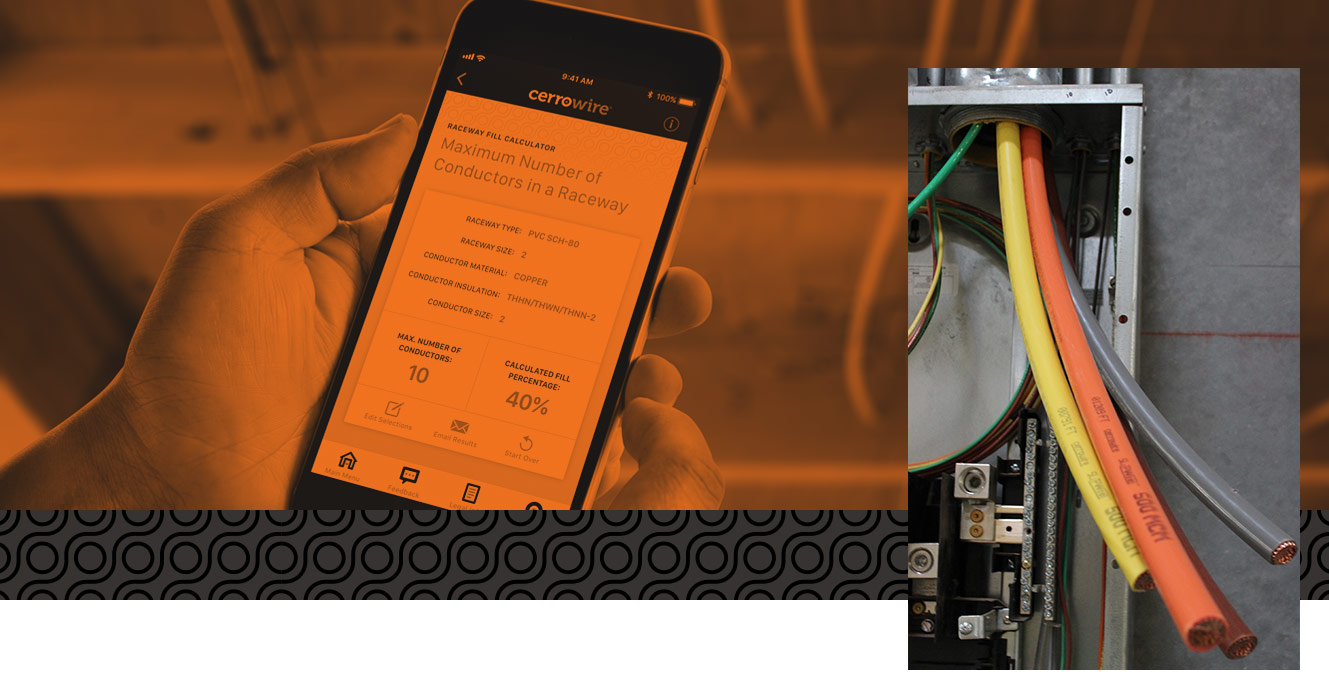Sorry, I'm not trying to be stubborn or argumentative. I genuinely want to understand this.
Your actions say otherwise. Several have tried to share with you, but you keep rebutting with your chart. The NEC is a bit more nuanced than that, but you would need to do a bit more study of it to grasp the rest of the rules that apply to sizing circuits.
On the table your using the 90C column ratings are NEVER supposed to be used straight up as is, that column is only to be used for the starting basis for derating purposes. There can be many factors involved in derating besides just room temperature and number of conductors.
The basic rule of the chart is conductors used with circuits below 100A are to be sized on the basis of the 60C column, no matter what they are rated for.
Circuits of 100A or more are to be sized based on the 75C column, in all cases.
The 90C column is only to be used as the basis for derating calculation's, never directly
It’s not as cut and dry as it may first appear by a simple chart may make it appear. Others have mentioned that terminal temperature ratings can also impose limits, no matter the rating of the wire used. But I’m positive you have no idea at this point what the terminal ratings are of your supply breaker or RPC terminals are. You just make the assumption that they have to be listed for 90C, because thats the wire temp you want to use with them. So be it, it’s your gear, your the one thats going to deal with it over the long term.
Same deal with sizing your equipment circuit size. The NEC has rules based on solid history and tested principals. Things are not sized based upon ideal conditions at no load and low RPM. To the contrary they are based on the heaviest possible load under the worst operating conditions and then a reserve margin of 20% added on top of that.
Others have tried to share load numbers from othe reputable RPC manufacturers, but your guy says 70A for everything including load. And thats what you want to hear.
Real numbers should look similar to this. 30HP NEC FLA is 80A @ 230V 3 phase.
Your machine load was listed at 44A @ 230V 3 phase.
If you take them two values as a rough estimate, 80 + 44A = 124 A @ 230V 3 phase then add the 20% headroom as required by the NEC
124A x 1.2 = 148.8A
Then convert that worse case number to single phase 148.8A x1.732 = 257.72 A
Can you begin to see in rough maximum worst case numbers why a #6 AWG rated at 55A @ 60C is cutting it a bit shy?
The #1/0 AWG that was suggested earlier, rated at 150A @ 75C is a little more appropriately sized for your total load, Without the risk of overloading terminals, equipment, and your loads under heavy loads or utility voltage sags.
But your the non believer, so proceed as you wish, and keep telling yourself your not stubborn.







